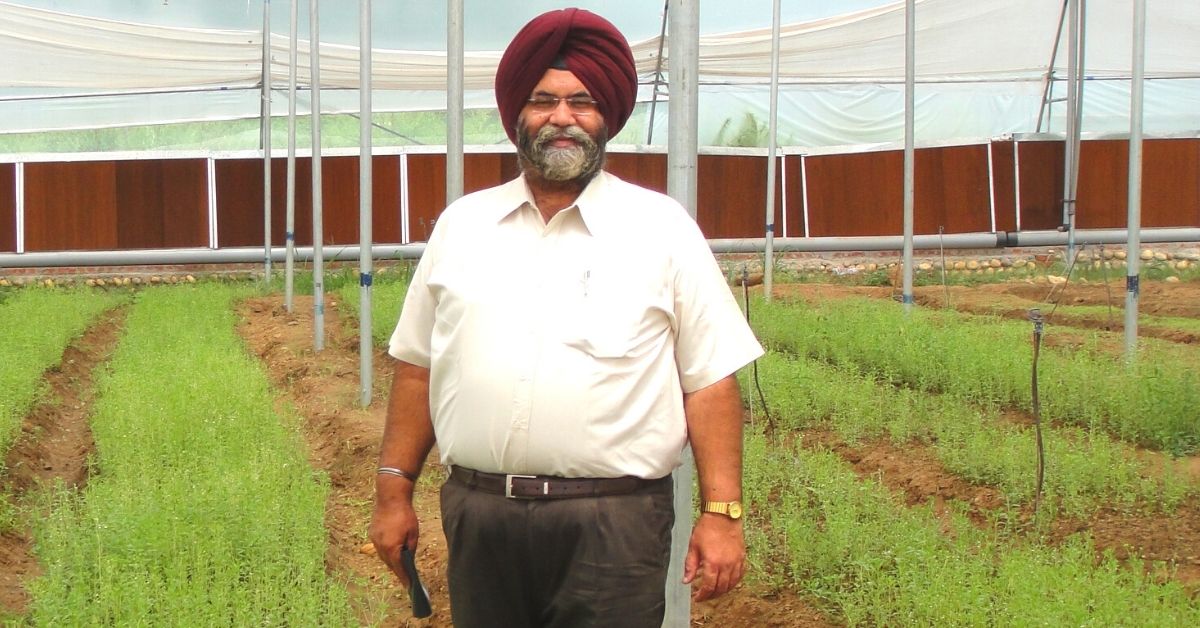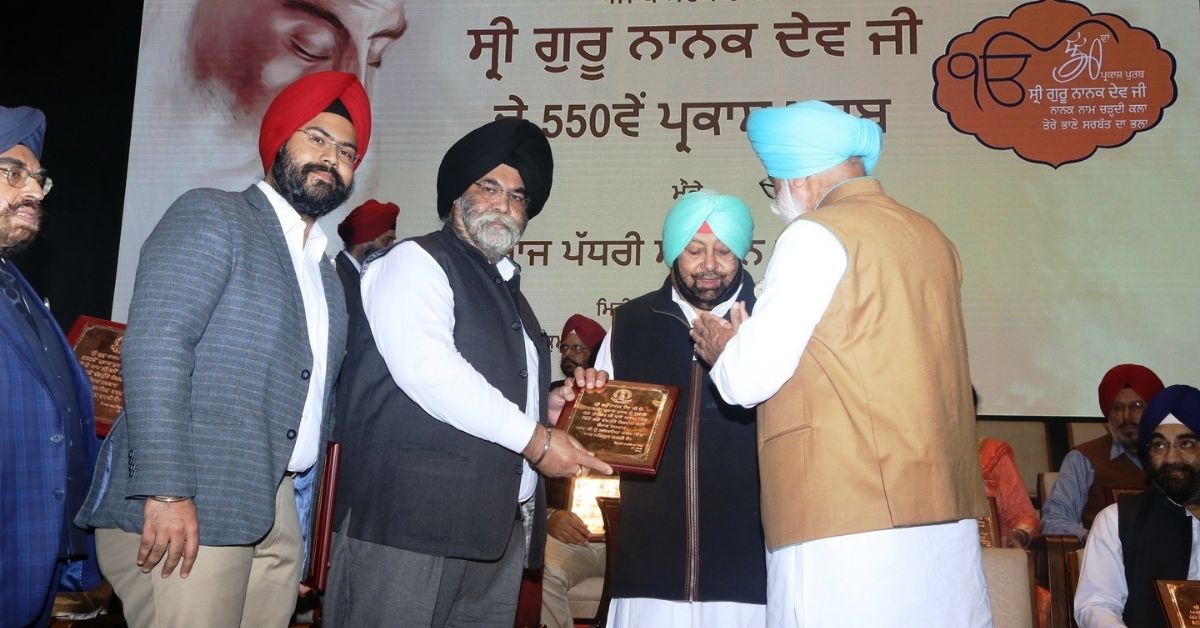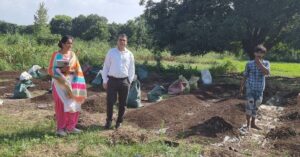I-T Consultant Helps 500 Farmers Increase Income By 4 Times Through Stevia
Rajpal Singh Gandhi from Punjab runs Green Valley Farms, where he sells stevia leaves, powder and other value added products such as herbal infusions. Alongside, he has helped hundreds of farmers switch to stevia cultivation and increase their income.

Rajpal Singh Gandhi’s entry into agriculture was marked by huge financial losses and crop damages. He planted potatoes, vegetables, gladiolus, and more in the beginning, but failed to get appropriate results.
Most of us would consider giving up, but not Rajpal, an income tax consultant. He kept at it and decided to give one final shot to stevia cultivation.
He channelised all his resources, money and time to grow the crop.
When he was unable to find a domestic market, Rajpal approached international companies and found a breakthrough in Canada and Germany.
This was in 2008.
Over the years, Rajpal, who is from Banga in Punjab, has popularised stevia domestically and created a demand for the sweetener. He has also collaborated with the state governments of Gujarat and Uttar Pradesh and trained hundreds of local farmers, he says.
His processing plant in the Kandi (sub-mountainous) area on the foothills of the Shivalik processes close to five tonnes of leaves every day.

Under ‘Green Valley Stevia’, he sells stevia leaves, powder and other value added products such as tabletop sweetener, ‘cheeni kum’ and herbal infusions to companies and individual customers.
“Usually, agriculture is a generational occupation and farmers inherit the land. The other club comprises people who are passionate about growing their own food. I belonged to neither. I purchased 40 acres of land as an investment opportunity but soon realised it was virgin land. No one had done farming on it so it was highly fertile and chemical-free. I became the first generational agriprenuer in my family. If done right, farming can generate impressive profits. I wanted to set an example that investing in cultivable land can be profitable,” Rajpal tells The Better India.
What makes stevia viable?
Way before stevia, a natural sweetener, became a go-to alternative to sugar in India, Rajpal recognised its growing importance. During his research in 2008, he came across a case study of Japan, which stated that 70% of its population had shifted to stevia as a sweetener.
“Japan has very little cultivable land, so they import the dry leaves. I was surprised to see that kind of demand abroad, including in countries like Germany, Belgium and Sweden. In India, I had to set up a processing unit to sell the produce in powdered form. I approached the Ministry of Science and Technology for grants and experts for knowledge. After some years of rejections and research, I was able to get IIT Mumbai to build a unit and identify four varieties of stevia plants that are 300 times more sweet than sugar. We got our unit and R&D lab approved and certified by the Department of Scientific and Industrial Research (DSIR),” adds Rajpal.
The next challenge was to motivate farmers to shift to stevia, as Rajpal no longer wanted to be the grower. He banked on his buyback offer and financial returns, and offered to purchase all the farmers’ produce and eliminate the issue of finding the right markets.
“It is a simple calculation process. Crops like wheat or paddy have to be planted every year and stevia can be harvested every three months for five years. Each plant can give up to 15 harvests. The net income from paddy is Rs 30,000 per acre and stevia can generate Rs 1,20,000. Stevia is an organic plant by default due to its low nutrient requirements and it has antibacterial and antioxidant properties. So a farmer can save thousands of rupees on chemicals and pesticides. Besides, stevia is environmentally-friendly,” explains Rajpal.
In terms of water requirements, stevia uses only 5% of water used for sugarcane cultivation, Rajpal says. “It takes 1,500 litres of water to make one kilo of processed sugar and 75 litres for stevia. Farmers in drought-spell regions can take advantage of this,” he adds.
Using these calculations, Rajpal claims to have trained over 500 farmers across Maharashtra, Gujrat, Uttar Pradesh, Madhya Pradesh, Rajasthan and Punjab.
Dr Kulbhushan Chander from Rohtak district is one such farmer. The retired officer from the agricultural department of Punjab started growing stevia in May this year.
“I planted 30,000 saplings on one acre and my first harvest yielded around two quintals of stevia which I sold to Green Valley Farms. Compared to wheat and paddy, the profits are much higher, investment cost and water usage is very less,” he tells The Better India.
During the lockdown, Rajpal began talks with stevia cultivators from the Middle East, South Africa and Singapore to set up similar processing units.
Rajpal’s efforts to increase farmers’ incomes and bring stevia-based products into the mainstream have garnered him several accolades like the Agribusiness Award by the Indian Food and Agriculture Council (2018), Parman Patra by the state government (2014, 2015) and ‘National Farming Leadership’ award by Dr. M.S. Swaminathan.
Edited by Divya Sethu
If you found our stories insightful, informative, or even just enjoyable, we invite you to consider making a voluntary payment to support the work we do at The Better India. Your contribution helps us continue producing quality content that educates, inspires, and drives positive change.
Choose one of the payment options below for your contribution-
By paying for the stories you value, you directly contribute to sustaining our efforts focused on making a difference in the world. Together, let's ensure that impactful stories continue to be told and shared, enriching lives and communities alike.
Thank you for your support. Here are some frequently asked questions you might find helpful to know why you are contributing?


This story made me
-
97
-
121
-
89
-
167














